
Edible Parts Of Cattail Plants What Parts Of Cattail Are Edible
The monkey tail plant is a statement-making cactus that's a suitable houseplant for beginners. This species stands out for its long, thin stems, which are covered in soft, white, hairlike spines. Young plants have an upright form, but the stems develop a trailing habit as this fast-growing species matures.
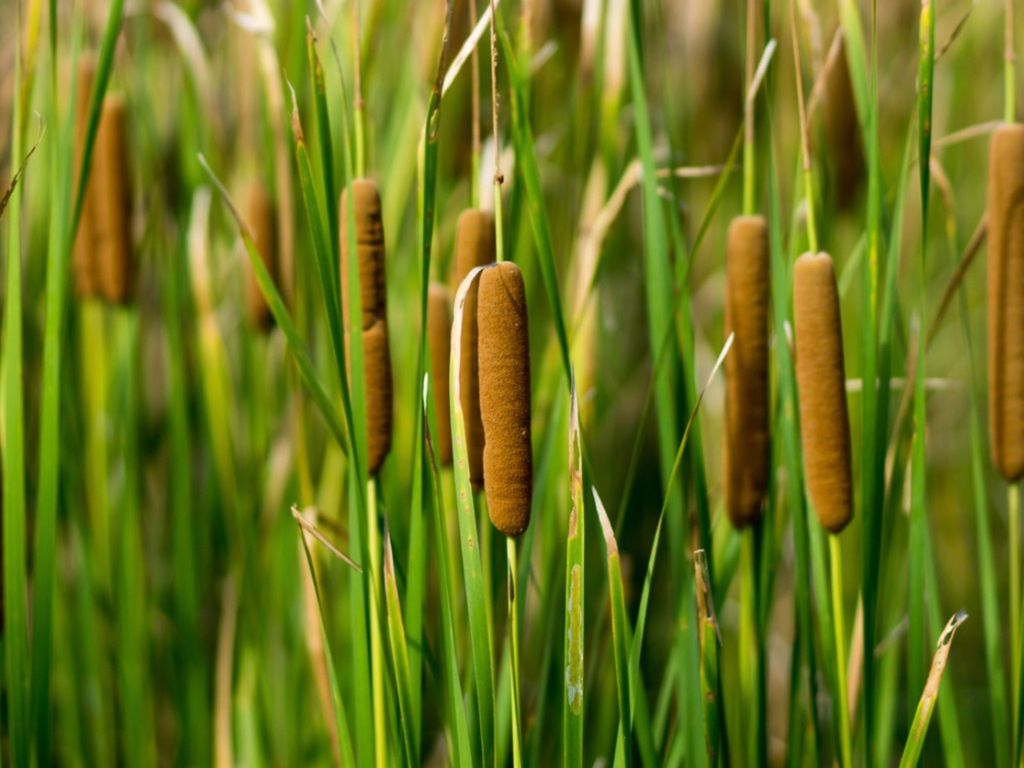
Cattail Plants Growing Information And Cattail Control
Sedum morganianum, the donkey tail or burro's tail, is a species of flowering plant in the family Crassulaceae, native to southern Mexico.It is a succulent perennial producing trailing stems up to 60 cm (24 in) long, with fleshy blue-green leaves and terminal pink to red flowers in summer. S. morganianum has been found wild in two ravines at Tenampa county, in central Veracruz, in eastern.
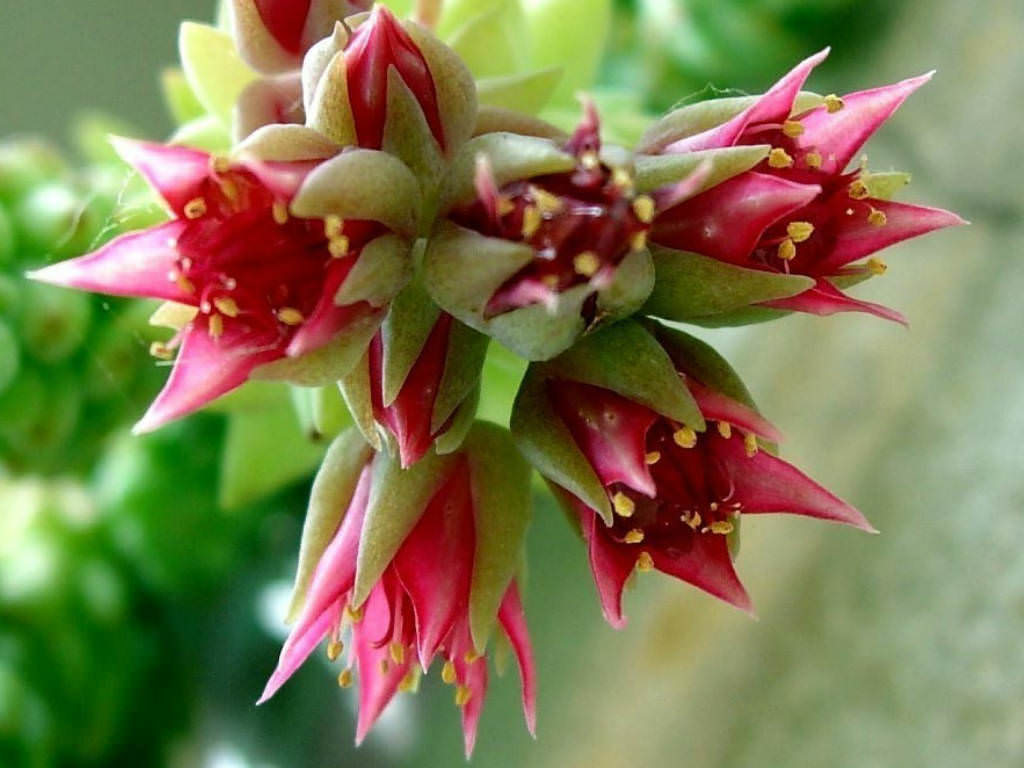
Sedum (Donkey's Tail) World of Flowering Plants
Saururus cernuus is a herbaceous perennial that gets its most frequent common name, lizard's tail, from its white flowers that bloom in the summer months. [2] The inflorescence is usually 6 to 8 in long. [3] After floral maturity the white flowers turn brown, giving the plant its namesake, lizard's tail. [3]
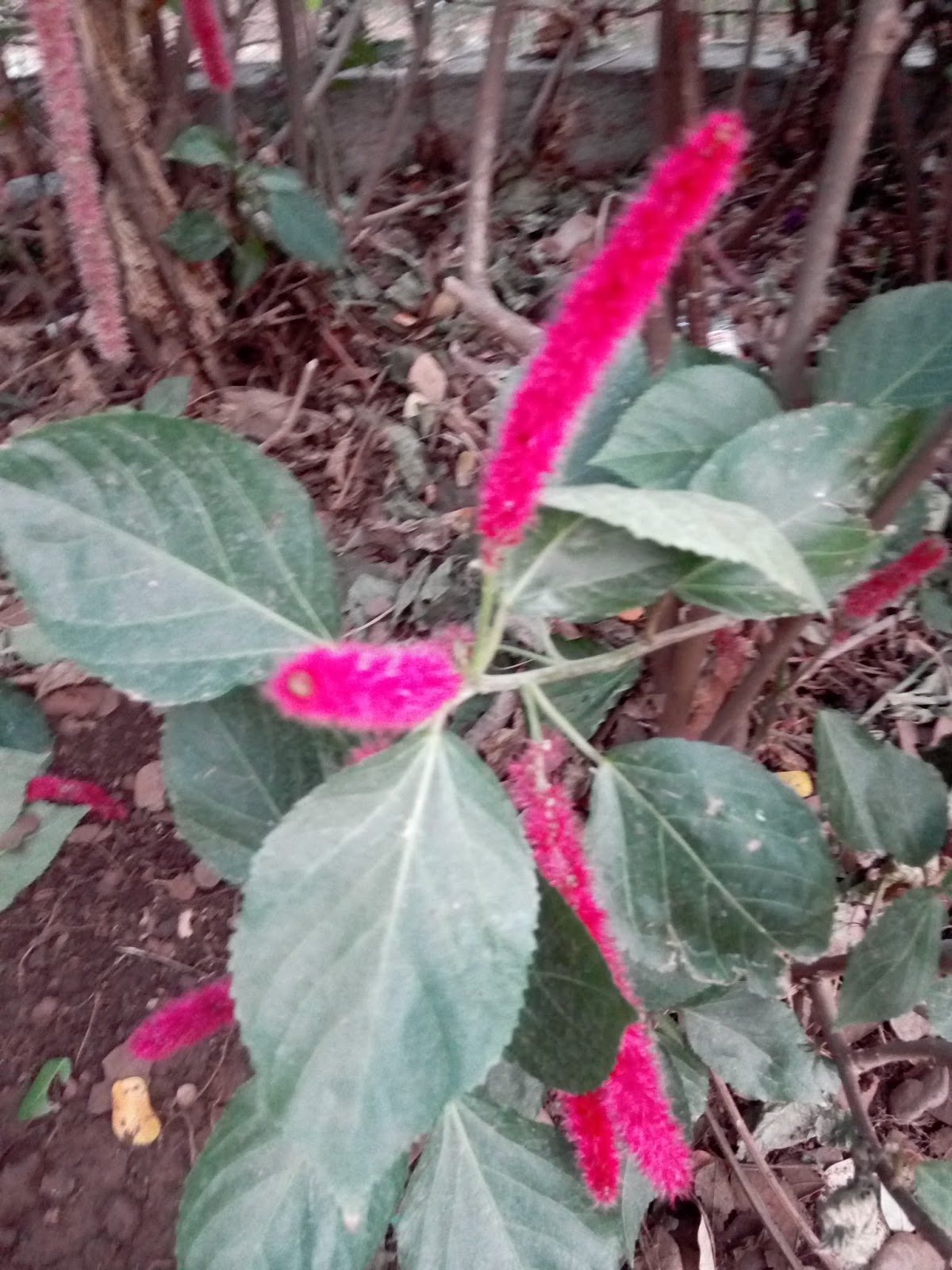
Garden Care Simplified Acalypha hispida Avoid Growing Cats Tail Plant
Over watering is the reason main reason the plant dies. Feed in spring and summer only. Donkey Tail's plant likes warm temperatures 65°-75°F (18.3°-23.9°C) Keep the plant root-bound in a small pot. Propagate using stem and leaf cuttings. Cool temperatures, 50°-60°F (10°-15.6°C) in winter, help the plant flower in summer.

Donkey's Tail Plant Plants, Sedum Donkeys tail plant
Lizard's Tail Information. Lizard's tail plants (Saururus cernuus), also known as lizard's tail swamp lilies and Saururus lizard's tail, are perennial plants that can grow up to 4 feet (1 m.) tall.They have a hairy stem with very few, if any, branches. Leaves are large and heart-shaped. Found in marshes, along the banks of ponds and streams, it is not uncommon to see some of the plant growing.

Cat Tails
Equisetum (/ ˌ ɛ k w ɪ ˈ s iː t əm /; horsetail, snake grass, puzzlegrass) is the only living genus in Equisetaceae, a family of vascular plants that reproduce by spores rather than seeds.. Equisetum is a "living fossil", the only living genus of the entire subclass Equisetidae, which for over 100 million years was much more diverse and dominated the understorey of late Paleozoic forests.
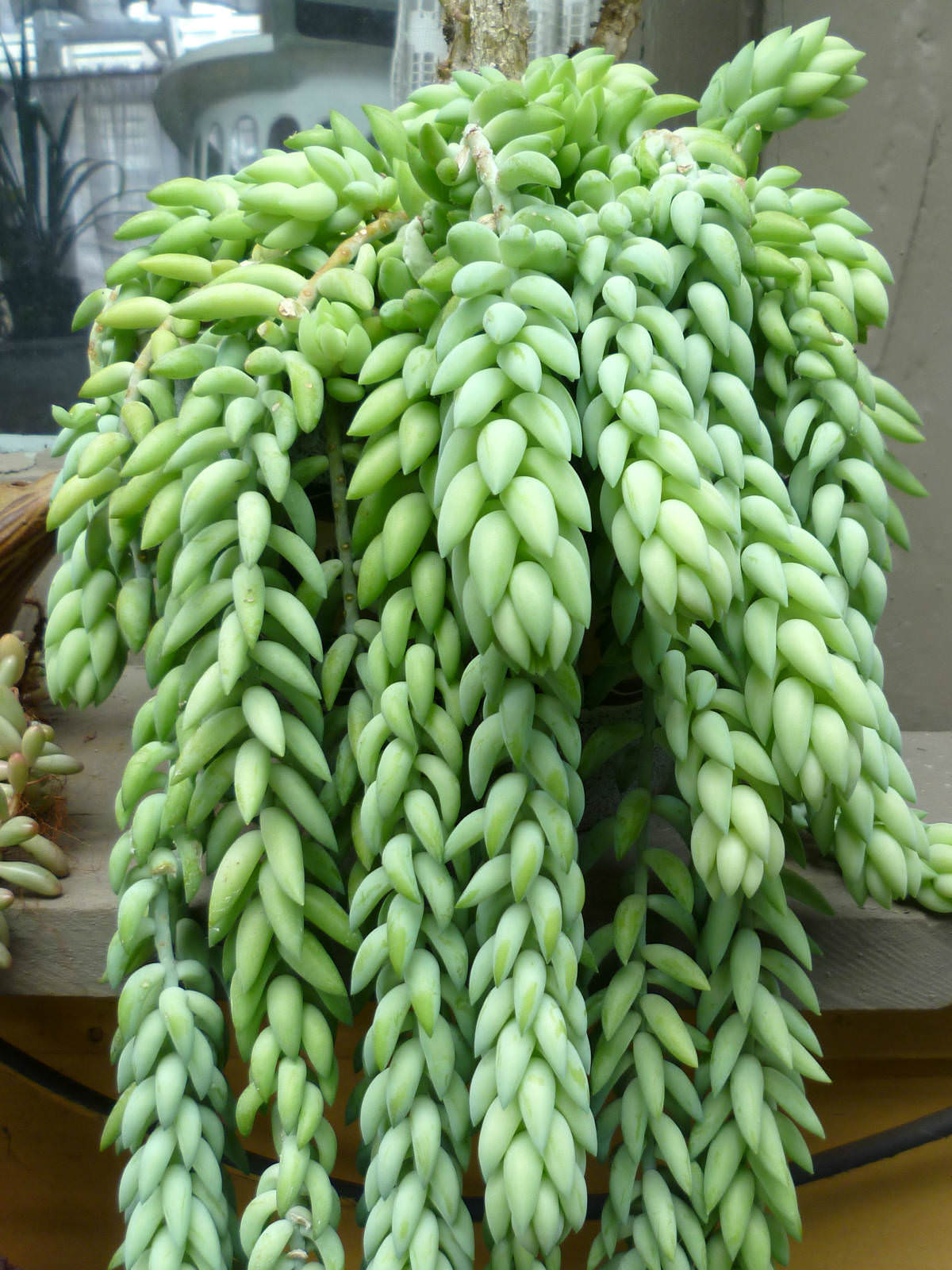
Sedum (Donkey's Tail) World of Succulents
Houseplants with fenestrated leaves are all the rage lately, so it's no wonder that the Rhaphidophora decursiva (Rhaphidophora decursiva), otherwise known as the dragon tail plant, is skyrocketing in popularity.This close relative of the popular "mini monstera" (Rhaphidophora tetrasperma) is known for its climbing growth habit and large, dark glossy leaves that develop deep fenestrations.
/growing-common-cattail-plants-5088737-hero-1db854920300403b9fc382d1cb7b7788.jpg)
How to Grow and Care for Common Cattail
The donkey tail plant also referred to as sedum morganianum or burro's tail succulent is an evergreen beautiful and versatile plant which is characterized by its moist and juicy nature. Understanding donkey tail plant care practices and culture remains an important aspect to ensure proper growth.
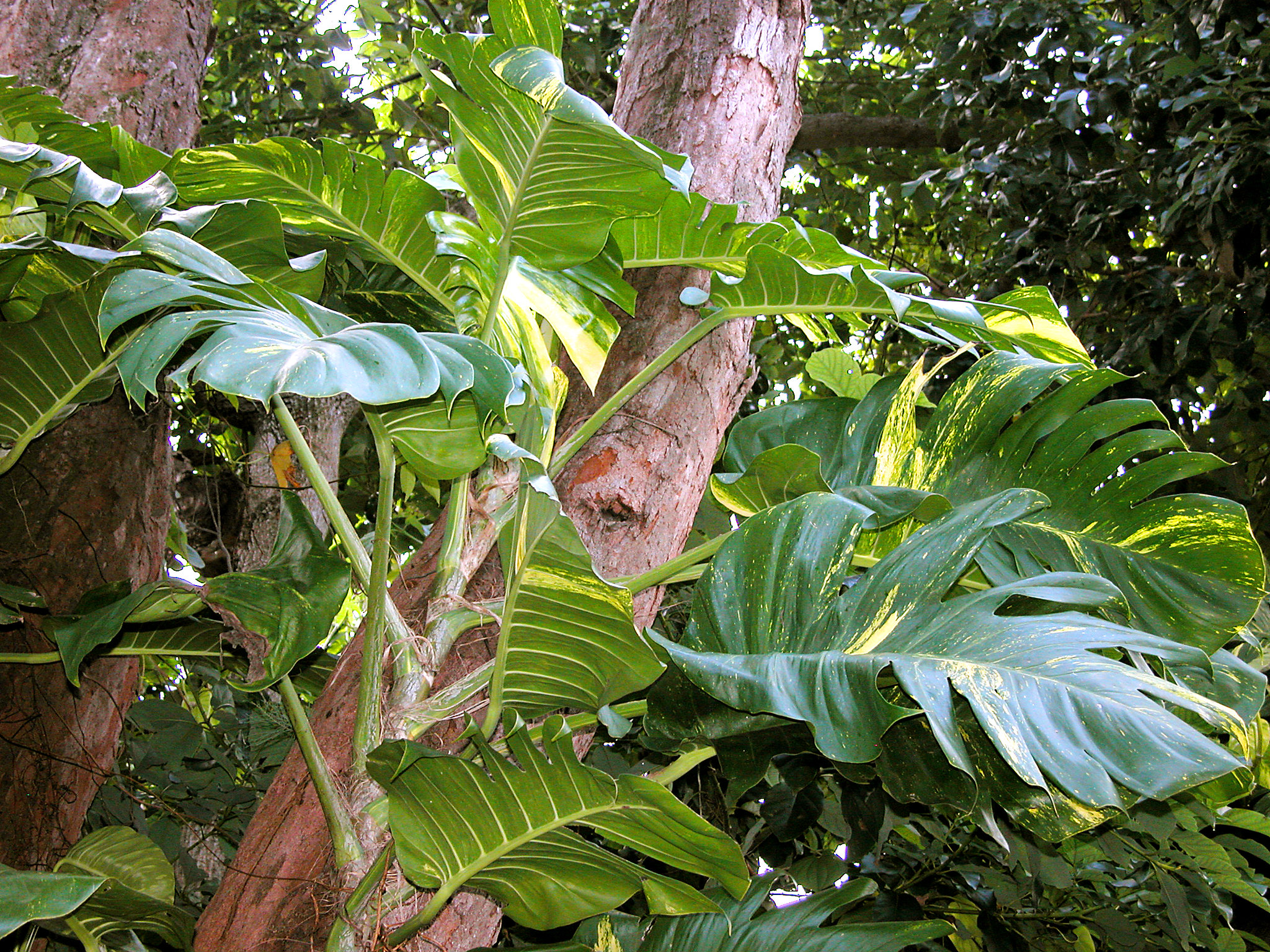
Epipremnum pinnatum Dragontail plant care and culture Travaldo's blog
The common name burro's tail comes from the resemblence of the trailing stems to an animal's tail. The genus Sedum is a large group with numerous species in the stonecrop family (Crassulaceae).Sedum morganianum is a tropical species that has long been grown as an ornamental for its distinctive, evergreen foliage. It has several common names including burro's tail, donkey's tail (also a.
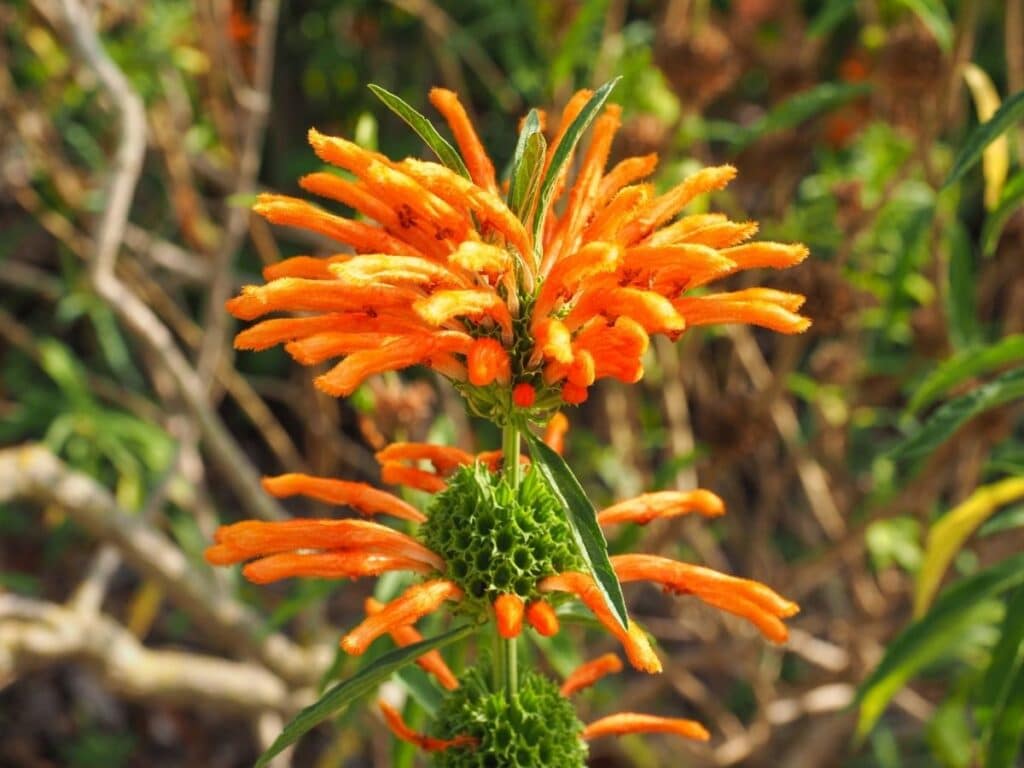
Leonotis leonurus How to Grow and Care for Lion's Tail Plant
Burro's tail is a heat- and drought-tolerant plant well suited for warm to temperate regions. The thick stems appear woven or plaited with leaves. The succulent is green to gray-green or even blue-green and may have a slightly chalky look. Try a burro's tail houseplant or use it on the patio or a full sun garden bed. Burro's Tail Houseplant

Lizard's Tail Information And Care Growing Lizard's Tail Swamp Lily
Lay your single leaves on a piece of paper towel to dry out. Over time the leaves will slowly callous over the cut end which helps to avoid bacteria getting into the leaf cutting. This should take about 3-5 days. Lay your Burro's Tail on potting mix. Gently lay your individual leaves on top of fresh succulent soil.

The Burro Tail Plant A Succulent That Is Native To Mexico Necps
The Donkey's Tail, also called Burro's Tail or Sedum morganianum (botanical name), is a succulent loved for its iconic leaves. Belonging to the family Crassulaceae, this individual sports fleshy, modified leaves. And as you would assume, this foliage grows in a bottlebrush style, similar to a donkey's tail.

Donkey’s tail plant Miram Solutions
Typha / ˈ t aɪ f ə / is a genus of about 30 species of monocotyledonous flowering plants in the family Typhaceae.These plants have a variety of common names, in British English as bulrush or reedmace, in American English as reed, cattail, or punks, in Australia as cumbungi or bulrush, in Canada as bulrush or cattail, and in New Zealand as reed, cattail, bulrush or raupo.
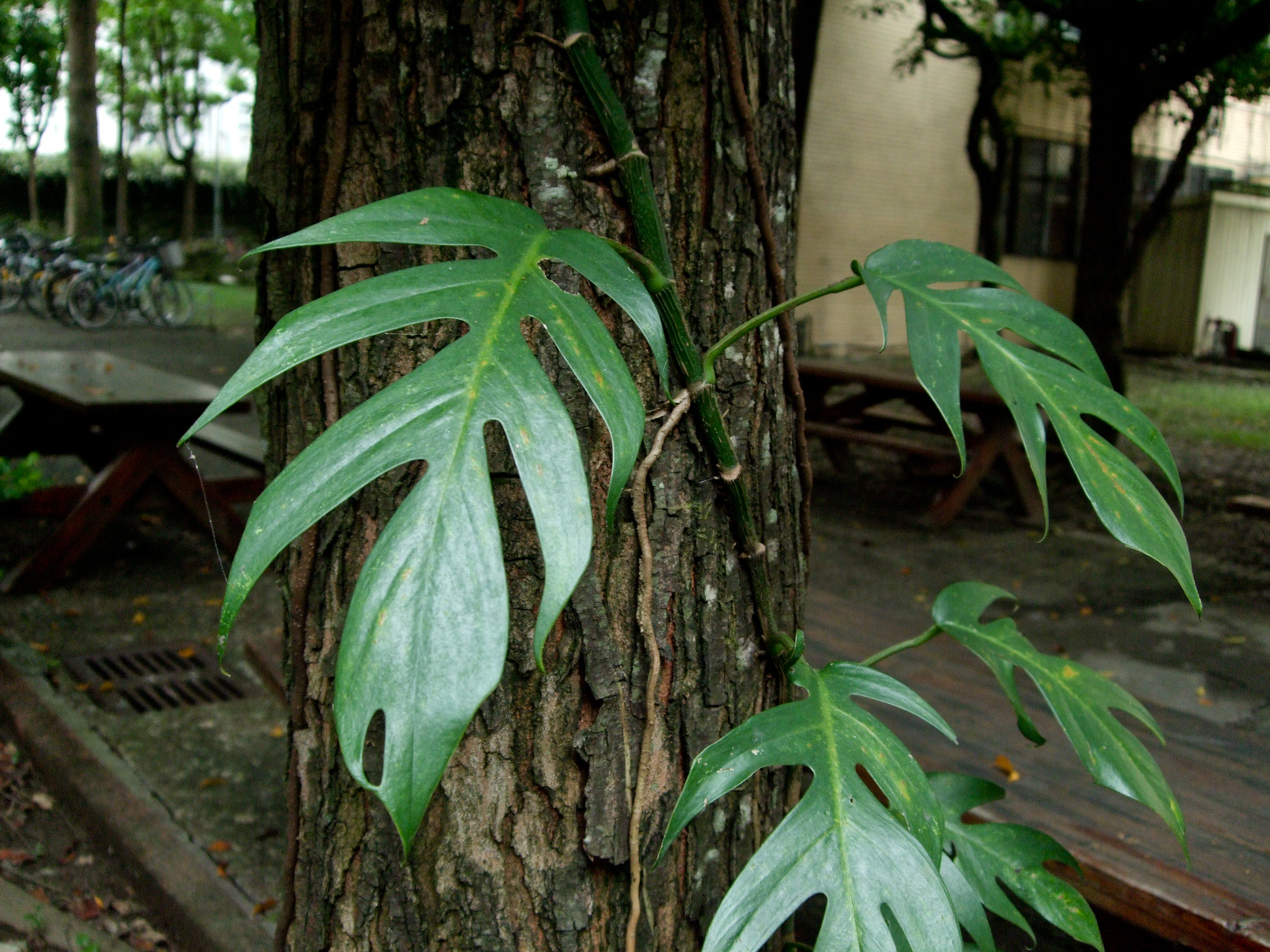
Epipremnum pinnatum Dragontail plant care and culture Travaldo's blog
Donkey's tail ( Sedum morganianum) is a popular succulent with rows of fleshy, tear-drop-shaped leaves that are blue-green. Native to Honduras and Mexico, mature specimens of the donkey tail plant grow slowly and steadily but can reach trailing lengths of up to 4 feet long in six years time (though the average length is closer to 24 inches).

Takhta Palat Latest News, Photos and Videos on Takhta Palat ABP News
Burro's Tail, or Sedum morganianum, is a succulent plant that hails from the exotic lands of Mexico and Honduras. This plant is also known as Donkey's Tail or Horse's Tail, owing to its long, trailing stems that bear an uncanny resemblance to the tails of these majestic beasts.

Garden Chronicles of James David DragonTail Plant Epiprennum
Care Types Pruning Propagating FAQ Horsetail, also called rough horsetail or scouring rush, is a non-flowering evergreen perennial grown where other plants fail. It has hollow vertical green stems with horizontal bands or joints similar to bamboo, but they're skinnier and taller like ornamental grass.